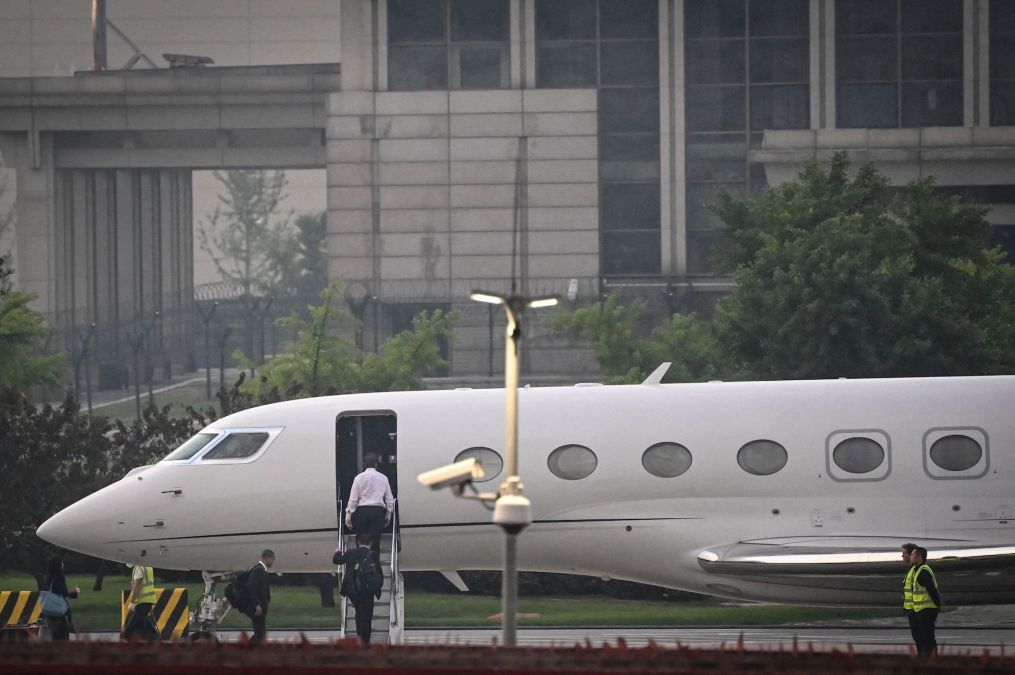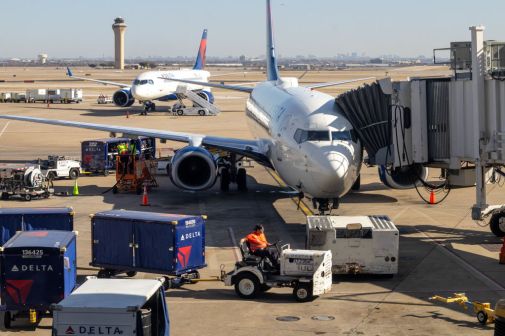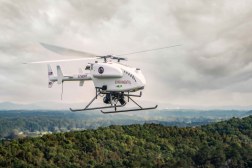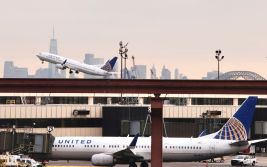FAA aircraft privacy program transition is running years behind

The Federal Aviation Administration’s plans to transition to a third-party system designed to limit the public’s ability to track certain aircraft appear to be running years behind.
Back in 2019, the aviation agency announced a new program called the Privacy International Civil Aviation Organization aircraft address, or PIA, program. The system is designed so that some aircraft can fly under a temporary vehicle address that isn’t directly assigned to the owner registered in the Civil Aircraft Registry — theoretically, anonymizing the vehicle — while also remaining trackable by the FAA, according to the agency.
“Real-time tracking of the geographic location of a specific aircraft is possible, generating privacy concerns for the aircraft operator community,” explains the FAA on its website. The agency adds that PIA is “limiting the extent to which the aircraft can be quickly and easily identified by non-U.S.government entities, while ensuring there is no adverse effect on [air traffic control] services.”
Notably, this is the same program that SpaceX tried to use to prevent the tracking of CEO Elon Musk’s private jet. Vice reported earlier this year that employees at the company did not use the system properly, which eventually enabled the viral (and subsequently banned) Twitter account @ElonJet, which tracked the whereabouts of the billionaire’s aircraft.
The PIA program has received support from organizations that represent the users and manufacturers of private jets. Others, though, see the ability to track these vehicles as a source of transparency and accountability for some of the world’s wealthiest people.
Nevertheless, the PIA program was originally anticipated to be transferred to a third-party provider or providers by the middle of 2020, according to several reports from aviation publications at the time. Jens Henning, the vice president of operations at the General Aviation Manufacturers Association, an aviation trade organization, also said that the FAA had originally indicated the transition would take place in 2020.
As of now, that transition hasn’t happened. The FAA would not comment on the frequency of user issues with the program in “the interest of privacy.” The agency did not provide a comment on why the transition is running behind by the time of publication.
“The PIA program is currently in Phase 1, with the FAA operating, monitoring and maintaining the service,” an FAA spokesperson told FedScoop. “We are working to transition the service to Phase 2, where a third-party service provider or providers would operate, monitor and maintain it.”
The FAA added: “The Privacy International Civil Aviation Organization (PIA/ICAO) Address (PIA) program will continue without any interruption to users while the FAA investigates the feasibility of transitioning it to a third party. The FAA will base its decision on demand, final requirements and FAA needs.”
Henning, from GAMA, said that the PIA program is one of two systems focused on addressing the privacy of these aircraft. The other is the Limited Aircraft Data Displayed program, a system established back before the PIA program that filters out some information about aircraft before it’s shared with third parties that work with the FAA.
“[T]he aircraft identification is transmitted through ADS-B enabled Mode S transponders to any ground-based receiver — government operated and private networks. This basic aircraft transponder functionality logic was developed in the 1970s and is still core to how an aircraft is identified with a unique address,” said Henning. “The ground receivers are internet-connected, which means an aircraft can be tracked online, which raises security concerns for many aircraft owners as a result of their real-time location being known.”
If and when the FAA transitions the service, there are companies that already provide third-party call signs, and which could serve as providers of the PIA service, according to Henning. Still, this approach may not necessarily be a perfect solution for people looking to completely hide their jets, according to researchers who’ve found that — with enough effort — these vehicles can still be tracked.




